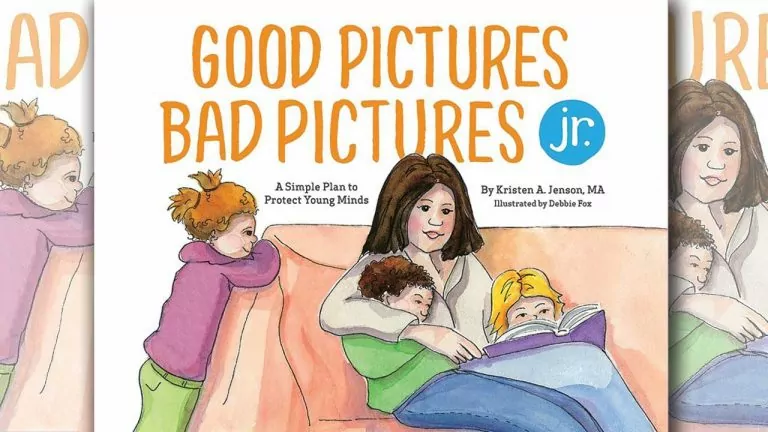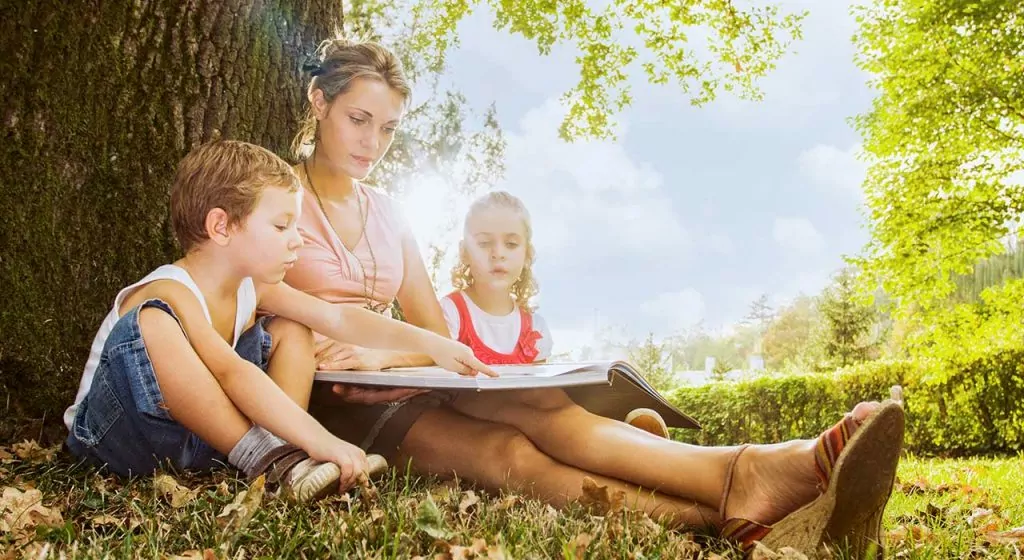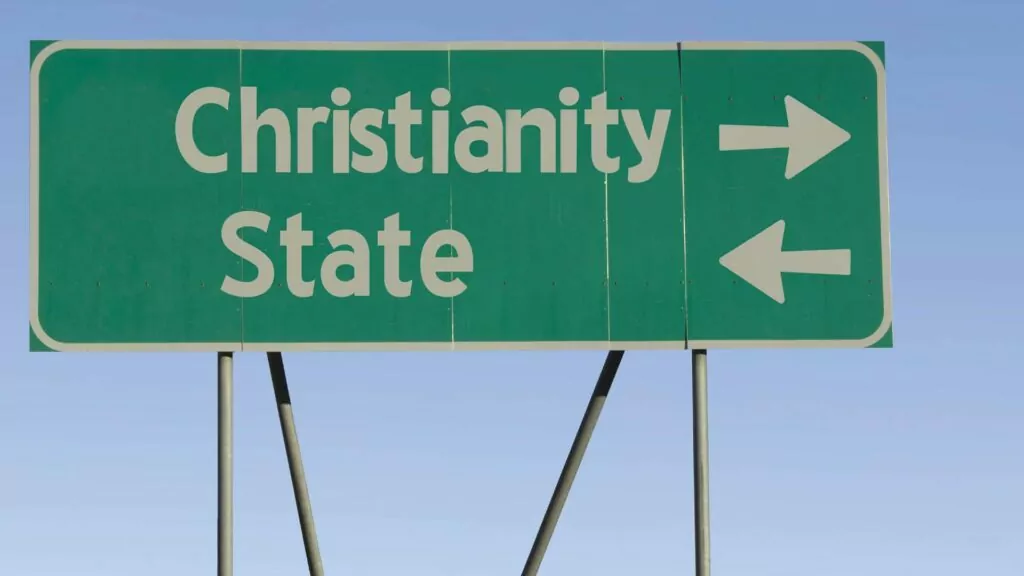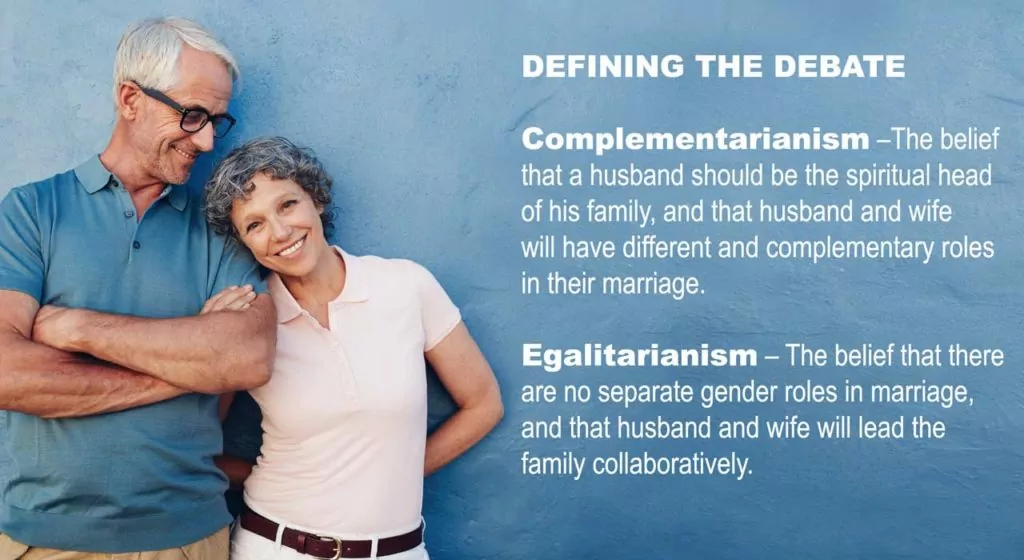Talking with our kids about pornography on the Internet is not a conversation any parent wants to have. But we need to do it. So when I saw this book online I ordered a copy, thinking it might make things easier.
And it did. Once I put it to use.
Amazon delivered it quickly, as is their custom, but then it sat on the shelf for probably half a year. I don’t know why it took me so long, but this last week, I looked up from my computer one summer vacation morning to find all of my young charges in my office together reading. I love the company…at least when they are quiet. But this time around they were twitching and tapping and whistling and chatting, making my work impossible. It was either time to chase them back down the stairs or…time to read a book together. So, I finally got to it.
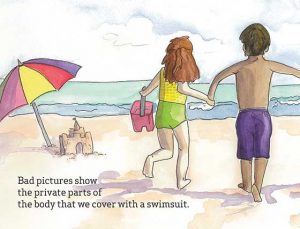 Good Pictures Bad Pictures Jr. is best suited for children from 4 to 7. In my case, my audience consisted of one in that range and two above it, but it worked because the older two were just listening in. I had tried the original version intended for 8 and up (with the same title, but lacking the “Jr.”) with my oldest, and found it really helpful, but on the long side. We’d gotten interrupted 15 minutes in, and only about a quarter into the book and we’ve never gotten back to it since. While I do intend to read it with her at some point, this picture book version of the same message was a good substitute for now.
Good Pictures Bad Pictures Jr. is best suited for children from 4 to 7. In my case, my audience consisted of one in that range and two above it, but it worked because the older two were just listening in. I had tried the original version intended for 8 and up (with the same title, but lacking the “Jr.”) with my oldest, and found it really helpful, but on the long side. We’d gotten interrupted 15 minutes in, and only about a quarter into the book and we’ve never gotten back to it since. While I do intend to read it with her at some point, this picture book version of the same message was a good substitute for now.
The book, after all, is just meant as a prompt for the discussion parents need to have with their kids. So as we read along, we all did a lot of talking. The book could probably be covered in just 5 minutes, but the discussion took at least another 15.
First, we learned about how there are pictures all over, on our walls, on billboards, and on screens too. Some are good pictures, like pictures of puppies or family pictures or fun videos. “But some pictures,” the author informs us, “are not good. They are bad for you.” The definition given of a bad picture is very clear, and very G-rated: “Bad pictures show the parts of the body that we cover with a swimsuit. These parts are meant to be kept private.”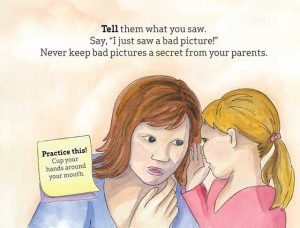
In response to this page, one daughter brought up a billboard, where the “lady wasn’t wearing many clothes.” We discussed how it was good to bring that up with mom or dad, and that we’d want her and her sisters to wear more clothes than that. It also gave me an opportunity to go over the book’s helpful definition of bad pictures and how this example both kind of fit but kind of didn’t.
I’d recommend Good Pictures, Bad Pictures jr. for any parent, but note that if you don’t already read to your kids regularly, don’t launch into this one as one of your first. There was a reason I took so long to get to it: it is a weird topic. But what made it a lot less weird was that we do regularly read together, and talk about what we’re reading. So if you don’t already read with your kids, it’s a habit worth starting now…as you wait for your Amazon delivery of Good Pictures to arrive.
I give this a big two thumbs up for being a great tool to help parents with an absolutely vital conversation.







